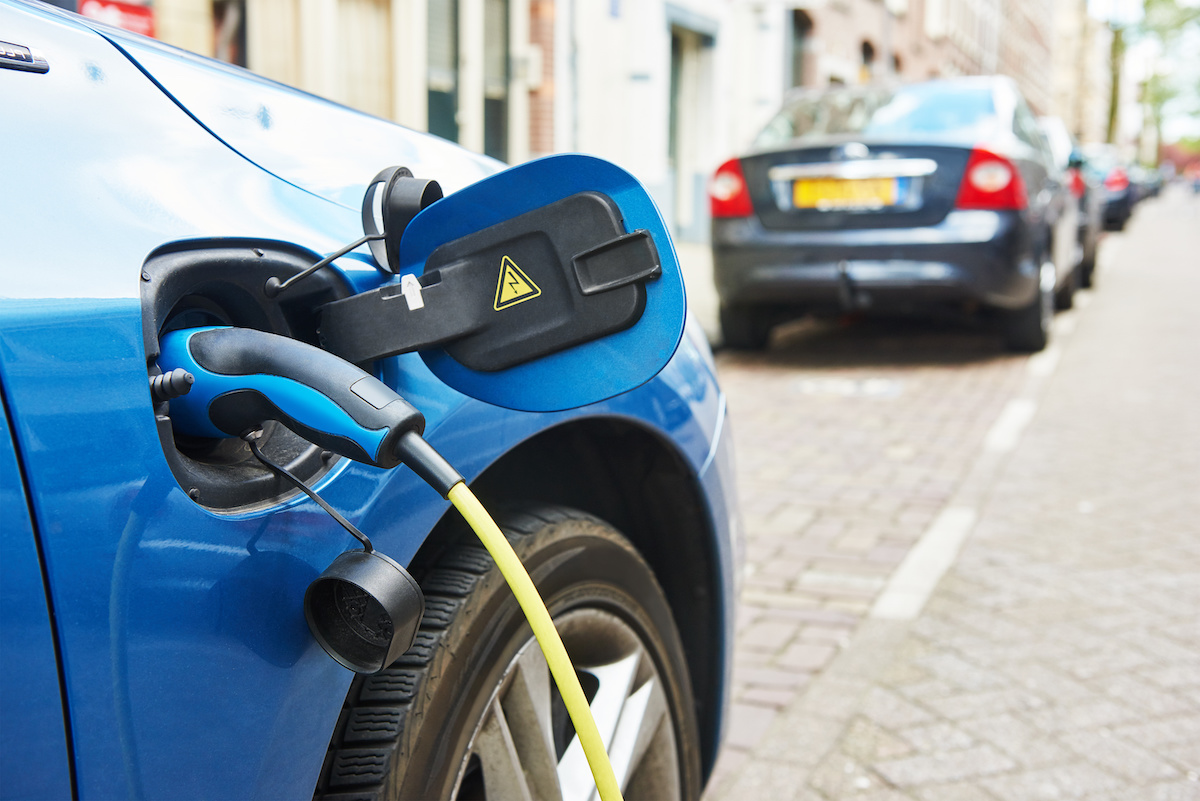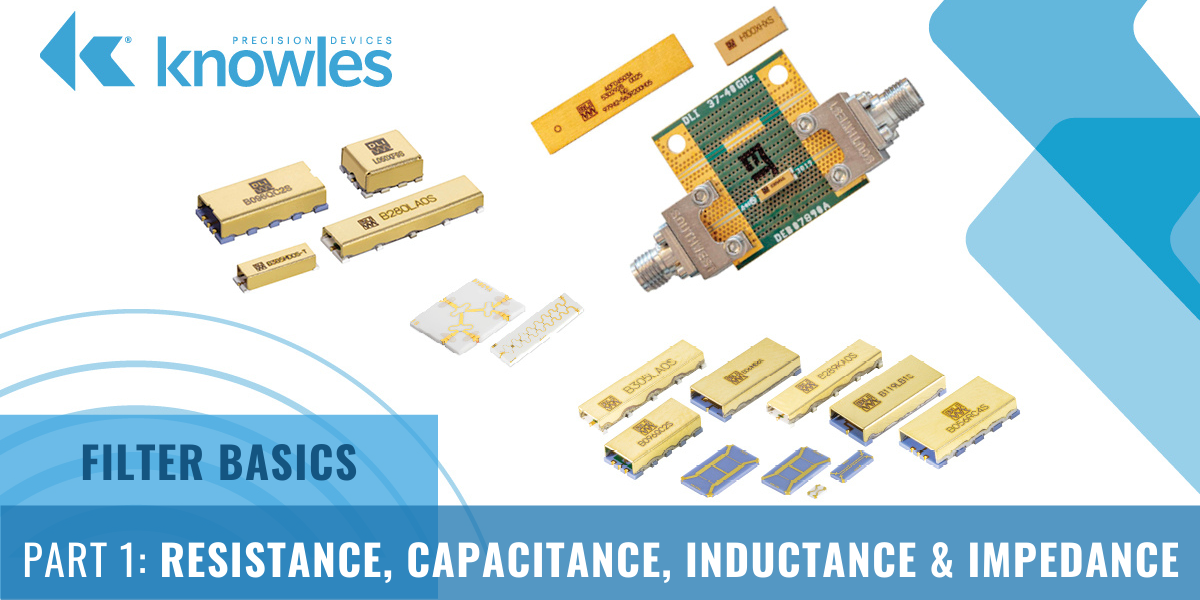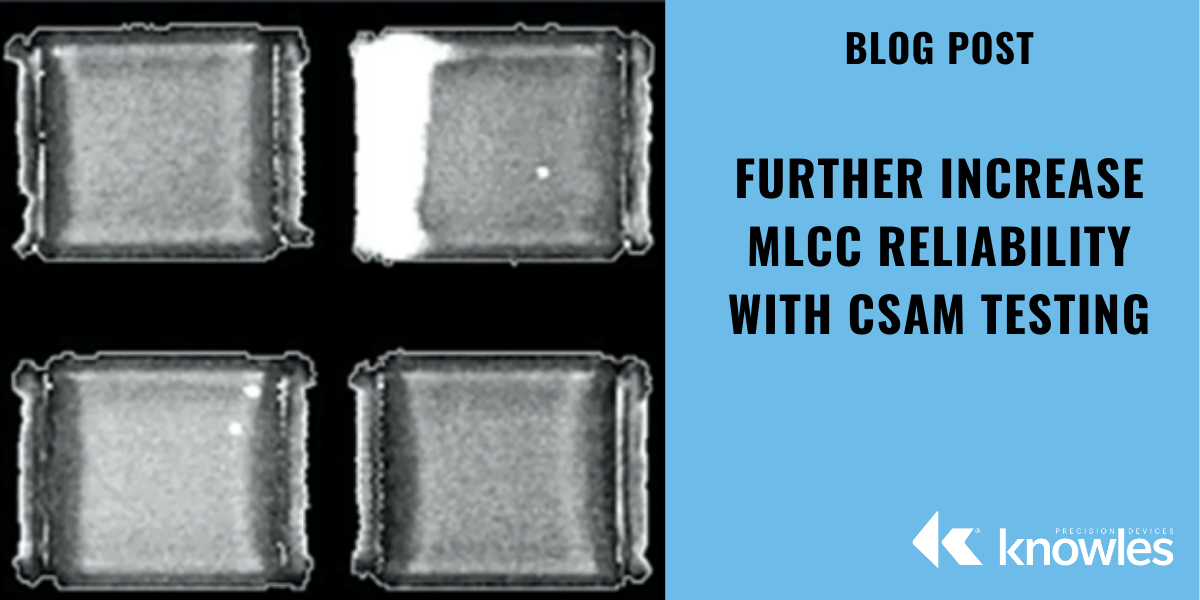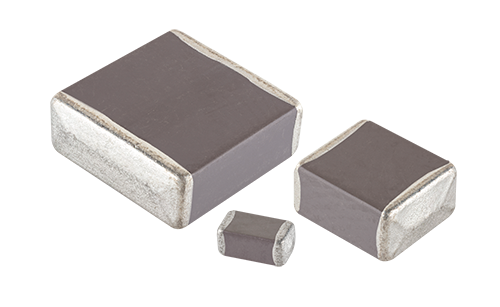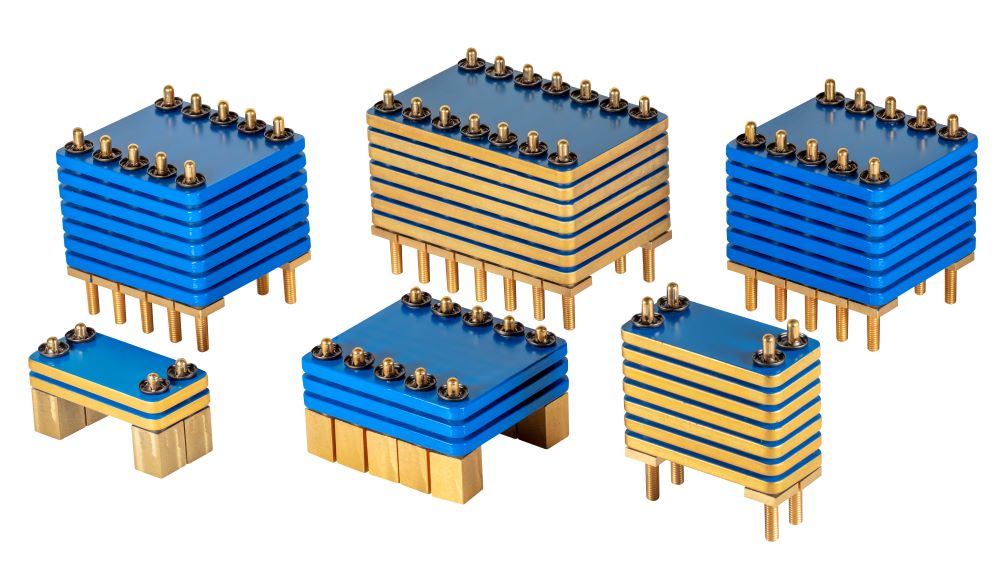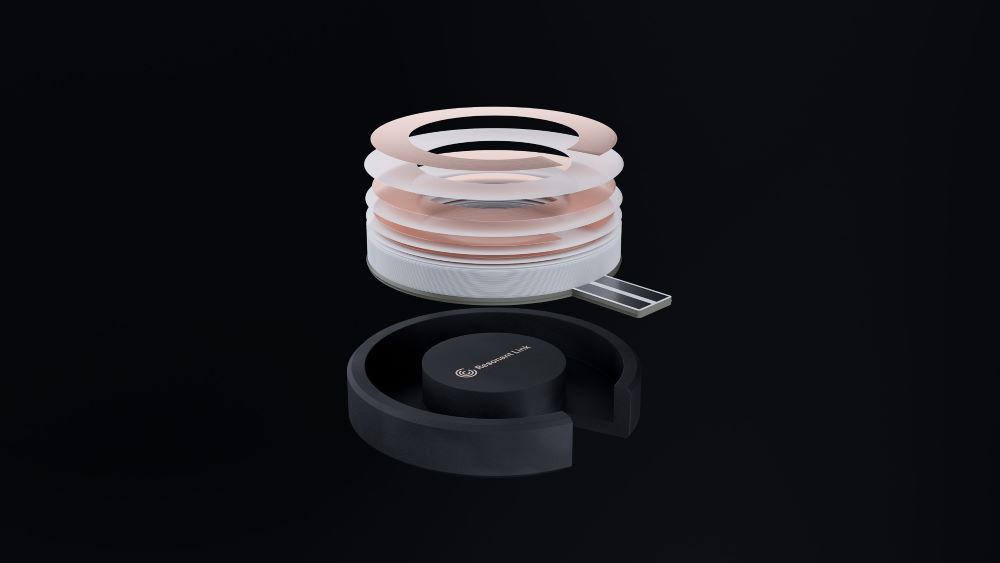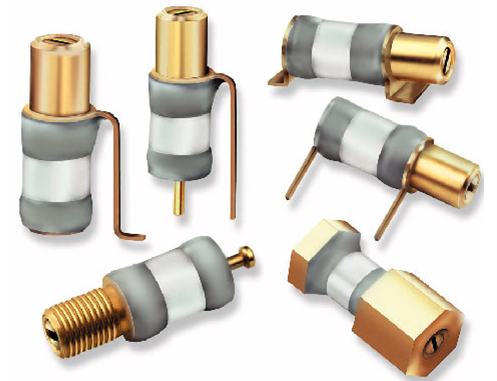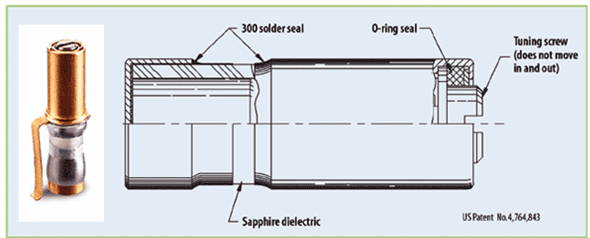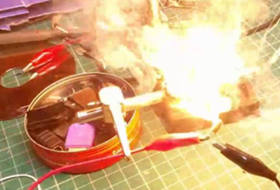In electric vehicle (EV) applications, filter capacitors are a special type of component commonly used as input and output capacitors. Also known as noise suppression or electromagnetic interference (EMI) filters, these particular capacitors act to remove noise and other unwanted signals on the line. On the high voltage alternating current (AC) side of a system, the capacitors often provide EMI filtering, whereas on the direct current (DC) side of a subsystem, they serve to smooth ripple components of the AC and filter out noise.
Looking Closer at Filter Capacitors in Electric Vehicles
Topics: Capacitor, Automotive, Electric Vehicles
Filter Basics Part 1: Resistance, Capacitance, Inductance, and Impedance
To help customers with filter selection, we generally provide a lot of information on what our filters can do. But in this new Filter Basics Series, we are taking a step back to cover some background information on how filters do what they do. Regardless of the technology behind the filter, there are several key concepts that all filters share that we will dive into throughout this series. By providing this detailed fundamental filter information, we hope to help you simplify your future filtering decisions.
To kick-off this series, our first post breaks down the basic properties impacting capacitor and inductor performance including resistance, capacitance, inductance, and impedance.
When an electrical device fails, oftentimes, the root cause can be traced to a field failure of a capacitor. While it is rare for the failure to be caused by a capacitor defect that was introduced during manufacturing, it can happen. This is especially true when multi-layer ceramic capacitors (MLCCs) are used versus other more simplistic capacitor types such as single-layer capacitors (SLCs) since the manufacturing process involves stacking many layers of dielectric and electrodes on top one another.
Topics: Capacitor, High Reliability
Webinar: Addressing MLCC Performance Issues in High-Voltage EV Applications
In recent years, multilayer ceramic capacitors (MLCCs) have emerged as an excellent capacitor option for the high-power electrical systems needed in electric vehicle (EVs) due to their small physical size, low inductance, and ability to operate at higher temperatures. However, EV engineers are facing two big challenges with using MLCCs including DC bias that can cause capacitance loses of 80 to 90 percent of their quoted value and self-heating issues from AC ripple that can lead to inefficiencies in circuits as well as increased cooling demands.
Topics: Capacitor, News and Events, Electric Vehicles
New Low Loss, Ultra Stable High-Capacitance MLCCs for Power Electronics
Many power electronics today are being designed for use in high-temperature, high-voltage environments, such as inside electric vehicles (EVs). However, size, weight, and power (SWaP) are also key factors driving electronic product development. These conflicting design criteria are an issue for many electrical engineers because space is not available to simply add a cooling system, as this will add weight and increase the product’s overall footprint. Therefore, many of these electronic components are susceptible to “running hot” at the high temperatures and high voltages used in these tiny spaces.
Topics: Capacitor, Electric Vehicles, High Reliability
Achieving high capacitance means going big. But how do you do that while still maximizing board space? At Knowles Precision Devices, we’ve developed a new method for building customizable large capacitor assemblies that capitalize on the vertical space above the circuit board. While stacked capacitor assemblies have been around for many years, these parts do not have very good bump and vibration withstand due to the thin leads used in their construction. These new assemblies from Knowles Precision Devices offer a ruggedized construction capable of withstanding high levels of shock and vibration. This offers a unique combination of capability, durability, high capacitance, and very high voltage in a smaller area, making these capacitors ideal for automotive, military, and aerospace applications.
Topics: Capacitor, Automotive, Military and Aerospace, Electric Vehicles, High Reliability
Solving Tough Technical Challenges Through Agility and Experience
At Knowles Precision Devices, we thrive on working with companies who want to take technically challenging ideas and work through the details to figure out how to turn their seemingly impossible ideas into reality. This is because we are not limited to volume production and have extensive experience making specialty and custom parts. We are also familiar with the challenges associated with delivering high-reliability components as we supply many industries and applications that depend on the consistent functionality of custom-shaped parts. For example, we provide numerous space grade components and we are the only manufacturer who has developed planar array ceramic parts for the International Space Station.
Topics: Capacitor, Medical, High Reliability
Your Quick Guide to Trimmer Capacitor Selection – Part 2
In part 1 of this two-part guide, we talked about the trade-offs you need to make when selecting the type of capacitor that will be the best fit for your application and the basics of trimmer capacitor design including dielectric material options. This second post focuses more on the details of trimmer capacitor specs and how to determine what's right for your application.
Your Quick Guide to Trimmer Capacitor Selection – Part 1
As you already know, capacitors are essential circuit elements for storing and suppling charge on demand. For inductors and resistors, capacitors act as the building blocks of passive circuits and the supporting components for active circuits. While a wide range of fixed-value capacitors are used in most electrical circuits, it is sometimes preferable, or necessary, to use a component with a variable capacitance range.
Topics: Capacitor
Should I Use a Tantalum or Class II MLC Capacitor in My Circuit?
Today, a wide variety of capacitors with a range of features are available, which can make it difficult for circuit designers and electrical engineers to determine the best fit for their application. To add to the confusion, there is somewhat of a misconception today that some capacitors, such as tantalum and Class II MLCCs, are interchangeable. But this is not always the case. Each capacitor type has distinct advantages and disadvantages that are important to understand to ensure you choose the right technology to best meet the needs of your specific application requirements. This post provides a brief overview of these two capacitor types as well as a variety of factors to consider when making your capacitor selection.
Topics: Capacitor

